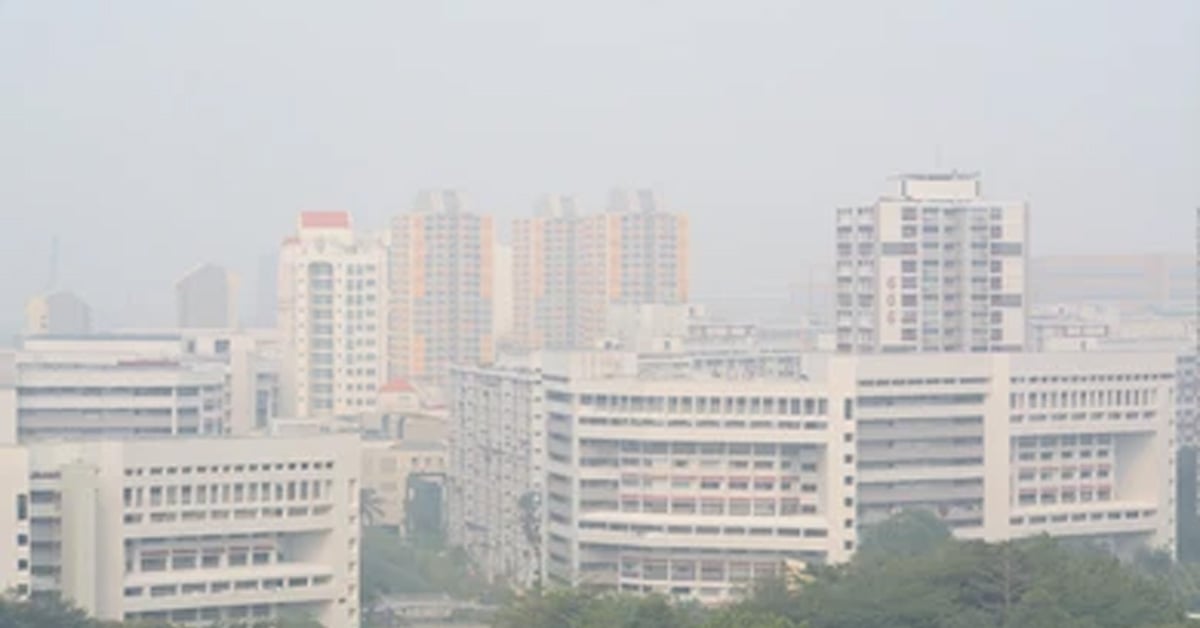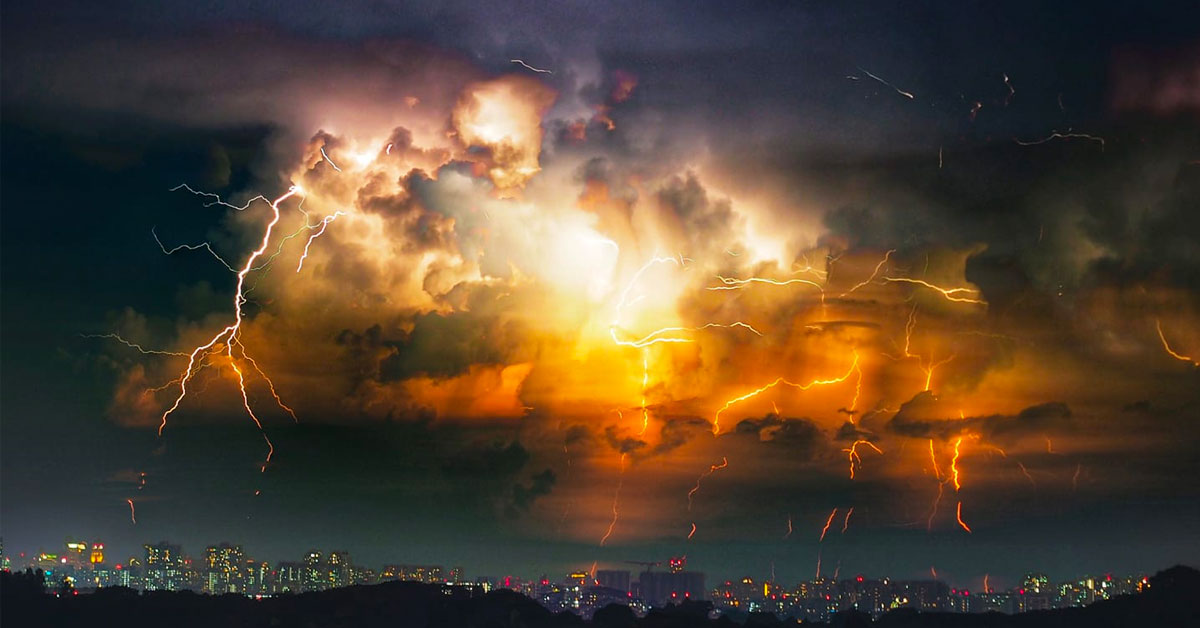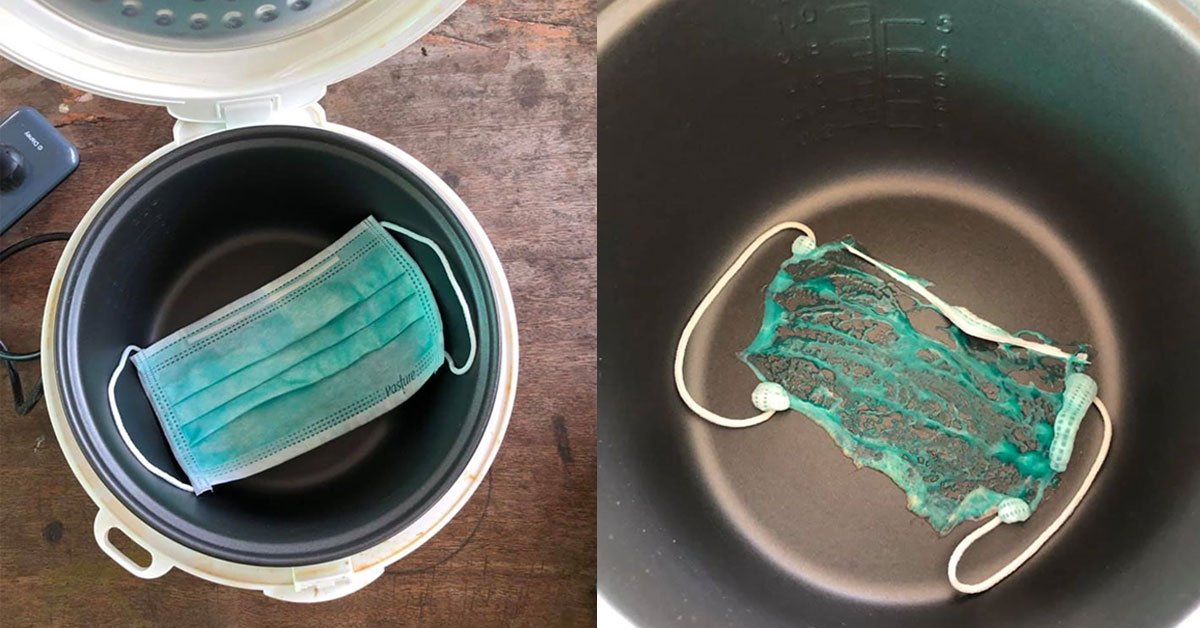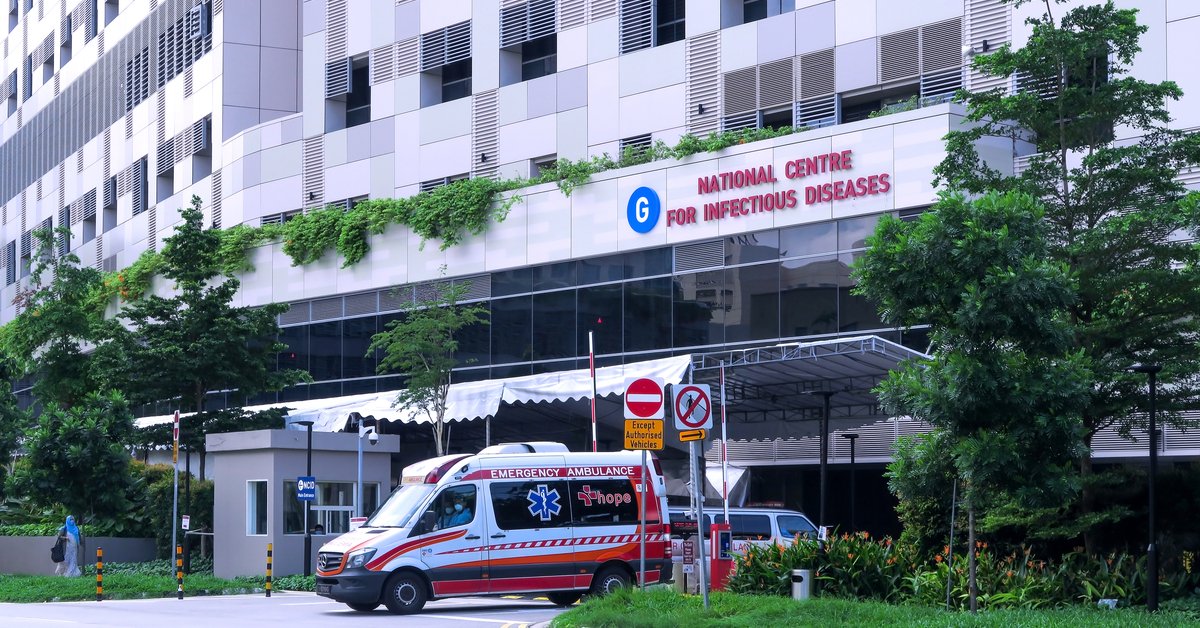Singapore is not expected to be affected by dense haze this year.
Still, the National Environment Agency (NEA) has advised the public to check the air quality before participating in strenuous or outdoor activities.
Here’s why you still need to take precautions.
NEA’s Advice
On 29 September, NEA made the comments on behalf of an inter-agency task force that focuses on the haze situation in Singapore.
The number of hot spots in Sumatra has increased in the past few days.
241 hotspots were detected on 27 September, while 145 were detected on 28 September.
Moderate to dense haze has been observed over parts of south and central Sumatra.
Singapore is not expected to be too affected due to current wind patterns.
However, Pollutant Standards Index (PSI) readings may deteriorate if the wind shifts.
On Friday at around 3 pm, the 24-hour PSI was 81, in the moderate range.
This PSI reading was recorded in the east of Singapore.
NEA said the public should refer to the current one-hour PM2.5 concentration to gauge air quality.
Furthermore, people can refer to the guide on www.haze.gov.sg when planning activities, as haze’s impact on people depends on their health status.
The task force added that the public should reduce outdoor activities and physical exertion to reduce the harmful effects of haze exposure.
People should also drink water to stay hydrated.
If you or someone you know has a chronic heart or lung condition, you should be more wary of the haze.
Those with such conditions should have medication readily available.
Vulnerable people like the elderly, pregnant women and children should seek medical attention if they develop symptoms or feel unwell.
The Government’s Haze Task Force
NEA leads the Government’s haze task force, which comprises 28 government agencies.
NEA said the task force is ready to implement haze action plans if the air quality worsens.
The responses will be based on the severity of the haze, the 24-hour PSI readings and forecasts.
While there are enough N95 masks in warehouses and government stockpiles, “N95 masks are not required for short periods of exposure, such as commuting from home to school or work, or in an indoor environment”.
N95 masks are only recommended under certain conditions, such as if a healthy person needs to be outdoors for many hours when the air quality is more than 300.
Furthermore, Singapore is well prepared for worsened air quality.
The Ministry of Health has worked with healthcare institutions to prepare air purifiers, fans and portable air coolers.
These institutions are also prepared to monitor patients closely for possible health effects due to the haze.
When the PSI is in the unhealthy range (101-200), community care providers for seniors and pre-schools will decrease prolonged or strenuous outdoor activities.
Outdoor activities for seniors will be suspended if the forecasted air quality reaches the very unhealthy range (201-300).
In addition, all pre-schools, primary and secondary schools are equipped with air purifiers.
Ministry of Education (MOE) kindergartens and special education schools are also equipped with such tools.
Teachers will be entrusted to look out for students with heart or lung problems.
Pre-schools should also have one enclosed room with air purifiers.
These rooms would cater to children who are unwell due to the haze as they wait to be picked up by their parents.
In a note on the Parents Gateway portal, MOE said it would consider closing all its kindergartens, primary and secondary schools if the 24-hour PSI forecast for the next day is in the hazardous range.
It added that it would inform parents and guardians of such a decision the evening prior.
Sport Singapore said that organisers of sporting events should conduct their own risk management and be aware of health advisories.
It also said that elderly and pregnant individuals or those suffering from chronic lung or heart diseases should avoid outdoor exposure.
It suggested that members of the public who want to continue keeping fit indoors can visit http://www.activesgcircle.gov.sg/watch/lifestyle.
The Singapore Armed Forces and the Home Team departments said they will “continue safeguarding Singapore’s peace and security amid the haze”.
They will adjust the level and intensity of training and outdoor activities according to the 24-hour PSI forecast.
Most residents’ committee centres and community centres have air-conditioned rooms for people seeking relief from the haze in situations where the 24-hour PSI exceeds 200.
Singapore experienced dense haze in 1997, 2013 and 2015.
In 2013, the haze was so bad that the 3-hour PSI in Singapore reached a record high of 401 on 21 June.
The previous record was 226, set in 1997.
This year, Singapore is not expected to deal with severe haze.
For one, the rain has kept severe haze away from Singapore’s air.
Freelance atmospheric scientist Erik Velasco told The Straits Times that he was not expecting severe haze in Singapore this year.
He reasoned that water levels in the Indonesian peatlands should not be too low.
This is due to the region’s rainy conditions caused by La Nina in previous years.
La Nina usually brings wetter and cooler conditions.
In contrast, El Nino brings drier, hotter conditions to Southeast Asia.
Thus, El Nino typically makes peatlands more prone to fires.
Dr Velasco added that nowadays, Indonesia is better equipped to prevent and deal with fires.
Professor Rajasekhar Bala from the Department of Civil and Environmental Engineering at the National University of Singapore said that the location and intensity of peat and vegetation fires need to be monitored closely.
He noted that there are some “sporadic rain events” occurring in Singapore, possibly helping to keep the haze in check.
However, with the increase in hotspots detected on 27 and 28 September, the PSI may deteriorate if the wind shifts direction.



